Human Engineer
You view the development of the exoskeleton from a medical and people-oriented perspective, through which you ensure that Project MARCH not only develops a technical, but also a user-friendly and medically safe training tool.
As a Human Engineer you make sure that the exoskeleton is safe to operate for the pilot. Besides that, you analyse, generate and optimise the gait (walking pattern), so they are as human-like as possible. Furthermore, you ensure that for all aspects of the exoskeleton the user-friendliness and medical justification is considered. Finally, you have the possibility to take up or start other (medical) projects.
What you will do as Human Engineer
As a Human Engineer, your primary responsibility is ensuring the pilot's safety while using the exoskeleton. You achieve this by evaluating the exoskeleton from a medical and people-oriented perspective. In this way you ensure that the gaits of the exoskeleton are human-like and therefore more stable, which makes walking in the exoskeleton a lot easier for the pilot. You also look at various obstacles, such as sitting and standing up, climbing stairs and walking slopes, that the exoskeleton must overcome. You think up how you approach these obstacles in the best possible way and process this in the gaits. During the year you will be in close collaboration with the pilot to facilitate communications between them and the team, and you will be our point of contact with the Sint Maarten’s Kliniek, the hospital with which we work closely together. In short, you are the link between the (needs of) the pilot and the engineers in the team!
In addition, you are responsible for ensuring that the exoskeleton is as medically beneficial as possible for the pilot. For all components of the exoskeleton you make sure that the medical perspective is included, for example that the exoskeleton is well-aligned with the pilot, the fixtures do not cause pressure sores and that the medical benefits of walking in the exoskeleton are actually generated, by participating in many various project groups.
You recognize yourself in
You have affinity with human movements and human anatomy.
The combination of people and technology interests you.
Coming up with new ideas on how to make a walking pattern more stable and easy interests you.
You are analytically oriented, for example for doing movement analyses.
You have empathy for the pilot.
You want to become (even) better at
Gaining medical knowledge, as well as interdisciplinary technical knowledge
Carrying out specific movement analyses and using this to estimate which changes need to be implemented in the gaits.
Collaborating with many different people from different backgrounds and methods.
Coming up with new solutions for problems through strong collaboration with the user of the exoskeleton.
If everything does not work out as you would like, you can come up with a new plan and continue anyway.
Working independently within a team, setting your own deadlines while taking into account many others.
You get in return
Technical and personal skills.
Experience in working together in a large multi-disciplinary team.
Contacts in the field of (technical) medicine and robotics.
The space to make mistakes and learn from them.
A year full of unforgettable memories and new friends.

